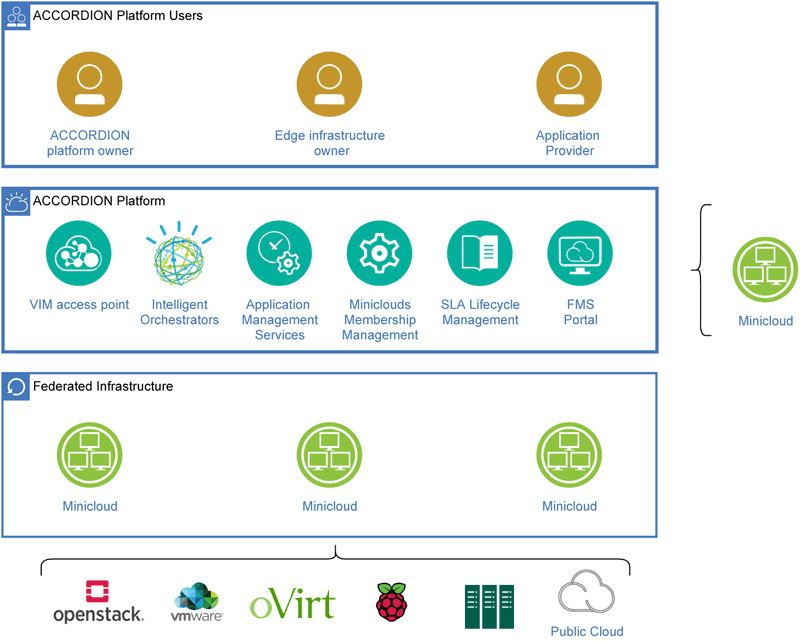by Patrizio Dazzi (ISTI-CNR)
Cloud computing has played a vital role in the digital revolution. Clouds enable consumers and businesses to use applications without dealing with local installations and the associated complexity. However, a big class of applications is currently being blocked because of their dependency on on-site infrastructures or specialised end-devices but also because they are too latency-sensitive or data-dependent to be moved to the public cloud.
These Next Generation (NextGen) applications would benefit from an advanced infrastructure with ubiquitous presence, unblocking them from fixed geographies. Current edge computing implementations support only specific geography and architectures, which means that the scope of local resources and infrastructures are also restricted to the needs of certain edge-enabled applications. Existing solutions lead to user lock-in and, overall, have a negative impact on the open diffusion of edge computing. They actually hinder the exploitation of the ubiquitous presence of edge infrastructure, limiting the edge-enablement of the NextGen applications. The shift towards edge computing, supported and promoted by the ACCORDION project aims to (i) limit vendor lock-in situations that trap SMEs into committing to the services offered by big vendors, but also (ii) leverage the vast pool of local, potentially specialised, resources of the SME landscape, and (iii) mitigate the slow adoption rate of new technologies by many SMEs. In this context, ACCORDION aspires to:
- provide an open, low-latency, privacy-preserving, secure and robust virtualised infrastructure; and
- provide an application management framework, tailored to the needs of the SME’s skillset, that will enable the deployment of NextGen applications on top of this infrastructure. This method allows us to reap the benefits of edge computing while exploiting the set of heterogeneous resources that can embed such computing facilities.
ACCORDION’s key concept is aligned with the recent developments in the Multi-Access Edge Computing (MEC) front, extending the interest to both network and computation resources. ACCORDION aims to provide a platform to address the needs of NextGen applications by properly exploiting edge resources. The platform is intended to provide an integrated approach dedicated to both developers and local infrastructure owners. It will encompass frameworks for application development, solutions for an adaptive and robust cloud/edge infrastructure continuum, and the abstraction of widely heterogeneous pools.
ACCORDION, coordinated by ISTI-CNR, started in early 2020, so we are just starting the second year of research. In line with our original plans, the first year of the project focused largely on analysing the state of the art, the selection of base technologies and the definition of the overall architecture of the system: moving from the high-level conceptual one to a more concrete one, in which the key modules of the system along with the interactions among them have been defined.
We will soon deliver the core modules of the ACCORDION platform, to be followed by a complete release of the integrated ACCORDION platform. Once the integrated platform is ready, a first release of ACCORDION use cases will be properly tailored to be run on top of it.

Figure 1: ACCORDION Platform architecture.
Links:
[L1] https://cordis.europa.eu/project/id/871793
[L2] https://www.accordion-project.eu
Please contact:
Patrizio Dazzi, Project Coordinator, ISTI-CNR, Italy










